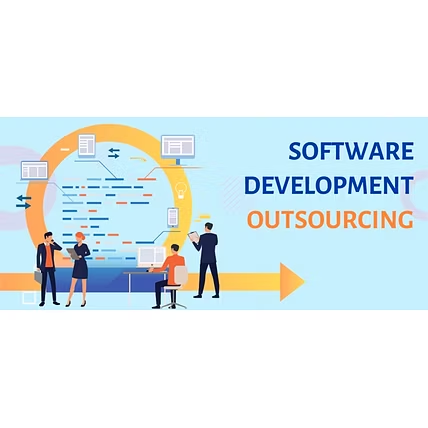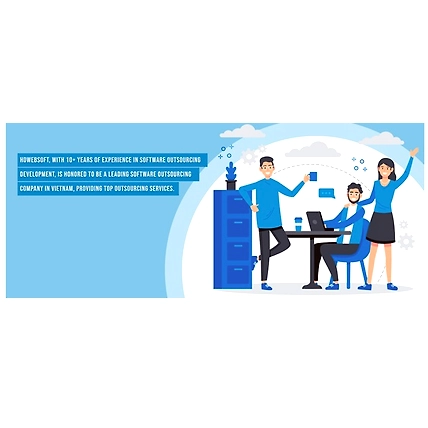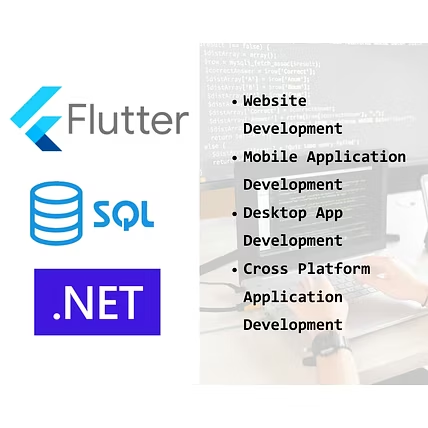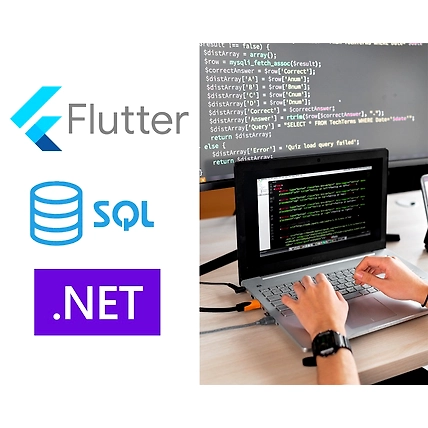Application software downloads Tele communication Services
Price upon request-
Product is not available
Why Choose Us?
🚀 High-Performance Applications – Efficient data management and sub-second query execution. 📱 Cross-Platform Expertise – Stunning user experiences across mobile, web, and desktop. 🛡️ Scalable & Secure – Future-proof applications with maintainable architectures.
Transform Your Business Today!
Let’s craft powerful, dynamic, and reliable solutions tailored to your business needs
Innovate with Scalable, High-Performance Software Solutions
Unlock the full potential of modern software development with expertise in .NET, .NET Core, Flutter, SQL Server, and Entity Framework Core. Our cutting-edge solutions deliver seamless cross-platform compatibility, optimized database performance, and scalable architectures.
-
Additional Information
We specialize in .NET, .NET Core, and Flutter to develop unmatched, high-performance applications tailored to your unique needs. Our platform expertise ensures that each technology is used for its proper purpose – .NET and .NET Core deliver robust backend systems and enterprise automation, while Flutter enables dynamic, cross-platform mobile solutions. With deep skills in SQL Server optimization and Entity Framework Core, we achieve efficient, secure database interactions. Let us create future-proof, reliable software that streamlines operations and accelerates growth. Partner with us to build exceptional, cutting-edge technology for maximum impact. We also make customer required mobile application as well as desktop application.
Detailed Stages of Software Development:
1. Planning and Requirement Analysis: This phase involves defining the project scope, identifying user needs, and gathering detailed requirements from stakeholders.
2. Design: The design phase outlines the software architecture, user interface (UI), and user experience (UX) based on the gathered requirements.
3. Coding/Implementation: This stage involves writing the software code, often using various programming languages and development tools.
4. Testing: Rigorous testing is conducted to identify and fix bugs, ensure functionality, and verify that the software meets the specified requirements.
5. Deployment: The developed software is deployed to a production environment, making it available to users.
6. Maintenance: Ongoing maintenance includes fixing bugs, improving performance, and adding new features to ensure the software remains functional and relevant.
-
Reviews ()







